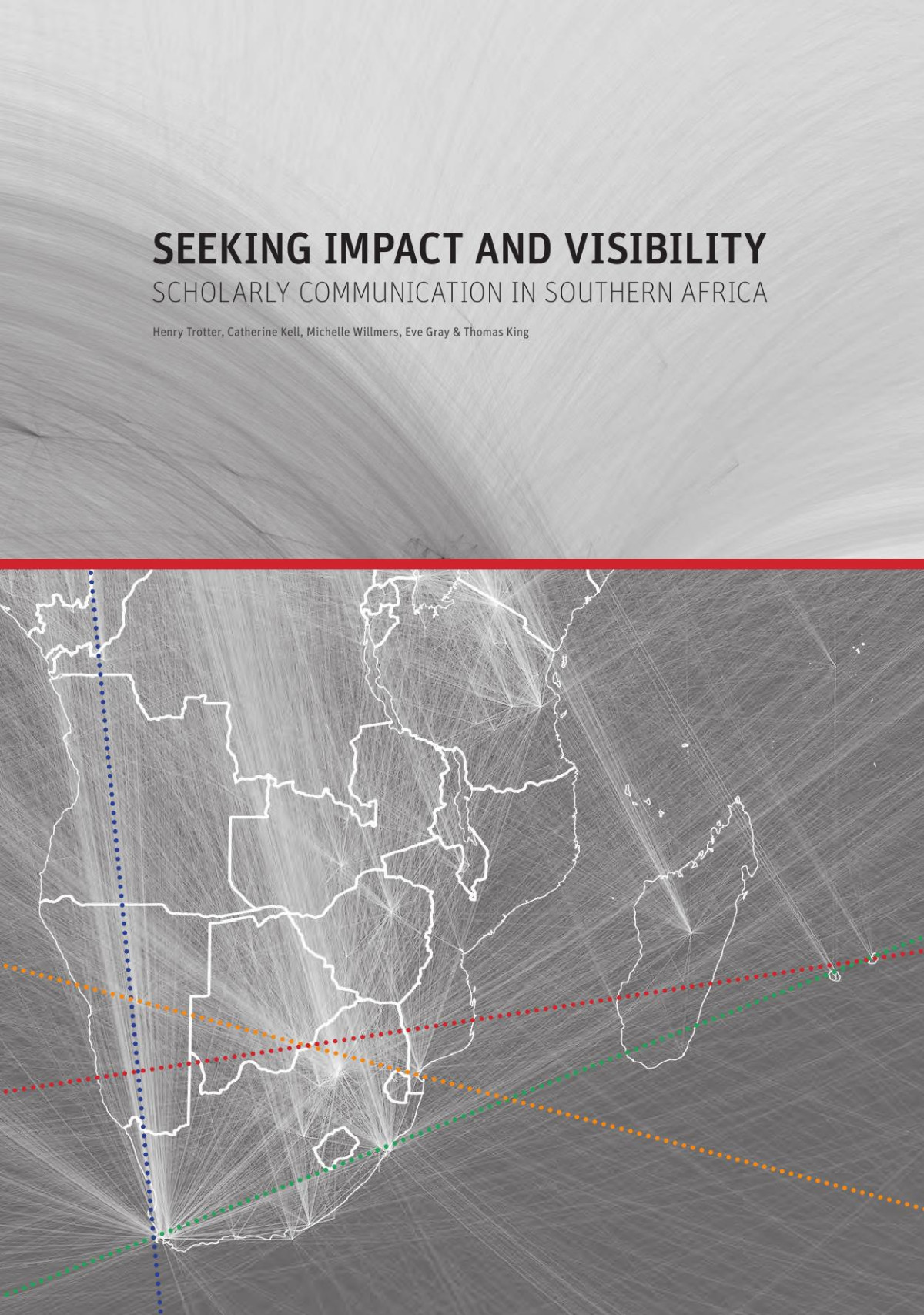

Most ebook files are in PDF format, so you can easily read them using various software such as Foxit Reader or directly on the Google Chrome browser.
Some ebook files are released by publishers in other formats such as .awz, .mobi, .epub, .fb2, etc. You may need to install specific software to read these formats on mobile/PC, such as Calibre.
Please read the tutorial at this link: https://ebookbell.com/faq
We offer FREE conversion to the popular formats you request; however, this may take some time. Therefore, right after payment, please email us, and we will try to provide the service as quickly as possible.
For some exceptional file formats or broken links (if any), please refrain from opening any disputes. Instead, email us first, and we will try to assist within a maximum of 6 hours.
EbookBell Team

4.3
18 reviewsAfrican scholarly research is relatively invisible globally because even though research production on the continent is growing in absolute terms, it is falling in comparative terms. In addition, traditional metrics of visibility, such as the Impact Factor, fail to make legible all African scholarly production. Many African universities also do not take a strategic approach to scholarly communication to broaden the reach of their scholars’ work. To address this challenge, the Scholarly Communication in Africa Programme (SCAP) was established to help raise the visibility of African scholarship by mapping current research and communication practices in Southern African universities and by recommending and piloting technical and administrative innovations based on open access dissemination principles. To do this, SCAP conducted extensive research in four faculties at the Universities of Botswana, Cape Town, Mauritius and Namibia. SCAP found that scholars:
All of these factors impact Africa’s research in/visibility at a time when scholarly communication is going through dramatic technical, legal, social and ethical changes. Seeking Impact and Visibility shares the results of SCAP’s research and advocacy efforts. It not only analyses these four universities’ scholarly communication ecosystems, but illuminates t